Children acquire the different sounds of English (or any language) progressively as their language and motor systems develop. It is common and perfectly normal for children to make errors on sounds while they are still learning. In most cases, these errors will fix themselves as children learn to pronounce sounds correctly.
We are currently experiencing internet and phone issues in some of our centres. For all enquiries, please contact mail@hearandsay.com.au.
Articulation and Speech Delays
What are the different types of speech delays?
There are two common types of speech delays including phonological delays and articulation delays. A child may be diagnosed with both phonological and articulation delays. Speech delays may co-occur with receptive and expressive language delays.
Phonological delays
Phonology describes the way sounds are chosen when producing words. A phonological error occurs when a sound is deleted, added, or substituted for another; it is clearly produced but is in the wrong place in a word. Typically, more complex or later developing sounds (e.g., ‘k’ or ‘r’) are replaced with easier or earlier developing sounds (e.g., ‘t’ or ‘w’). Common phonological errors include ‘tat’ for ‘cat’, ‘wabbit’ for ‘rabbit’ and ‘mou’ for ‘mouse’.
Articulation delays
Articulation describes the way a sound is pronounced. An articulation error occurs when the tongue position or movement for a sound is imprecise; it is in the right place in a word but has an unclear, distorted, or slushy quality. An interdental lisp where sounds such as ‘s’ or ‘z’ are pronounced with the tongue between the teeth is the most common type of articulation error.
What do speech clarity and speech intelligibility mean?
Speech clarity refers to how distinct a child’s speech is, while speech intelligibility describes how easy they are to understand. Speech errors typically reduce a child’s clarity and intelligibility to varying degrees; some errors will have a greater impact than others depending on the listener’s ability to “translate” or “interpret” each error. A small proportion of children will have reduced clarity or intelligibility without making any actual speech errors; this is often perceived as mumbling.
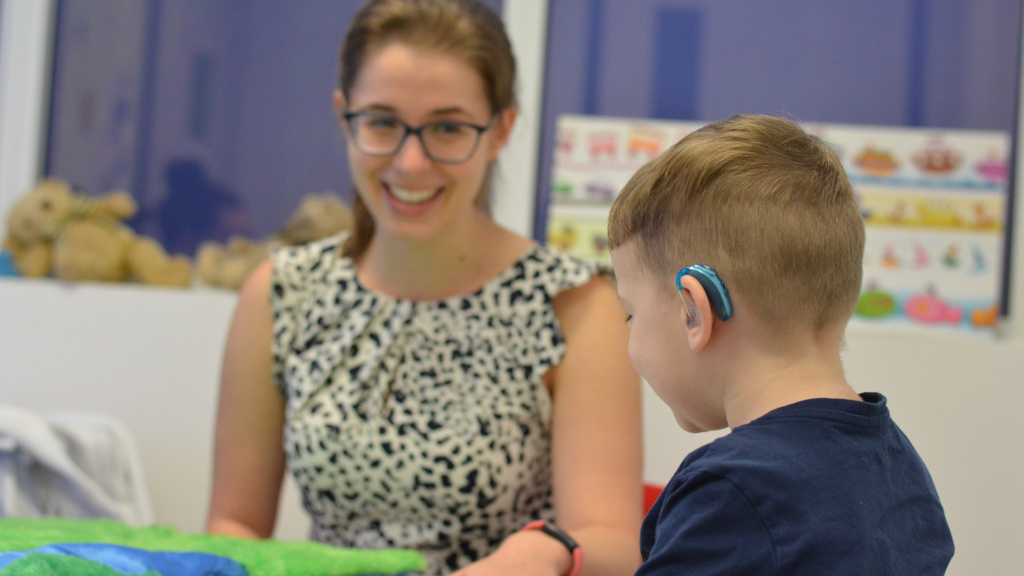

What are the speech milestones seen in typical development?
Speech sound acquisition
Children should learn these sounds by the following ages:
One to two years: p, b, m, n, h, w
Two to three years: t, d, ng, y
Three to four years: k, g, f, v, s, z
Four to five years: l, sh, zh, ch, j
Five to six years: r
Six to eight years: th
Speech error elimination
Children should stop making these errors by the following ages:
Three to four years:
- Final Consonant Deletion: omitting sounds at the end of words (e.g., mouse ➡ mou)
- Fronting: replacing the front sounds ‘k’ and ‘g’ with the back sounds ‘t’ and ‘d’
- Stopping: replacing the long sounds ‘f’, ‘v’, ‘s’ and ‘z’ with the short sounds ‘p’, ‘b’, ‘t’ and ‘d’
- Cluster Reduction: deleting a sound within blends (e.g., spot ➡ pot or play ➡ pay)
- Cluster Simplification: replacing the ‘k’ or ‘g’ sounds with the ‘t’ or ‘d’ sounds in blends (e.g., sky ➡ sty)
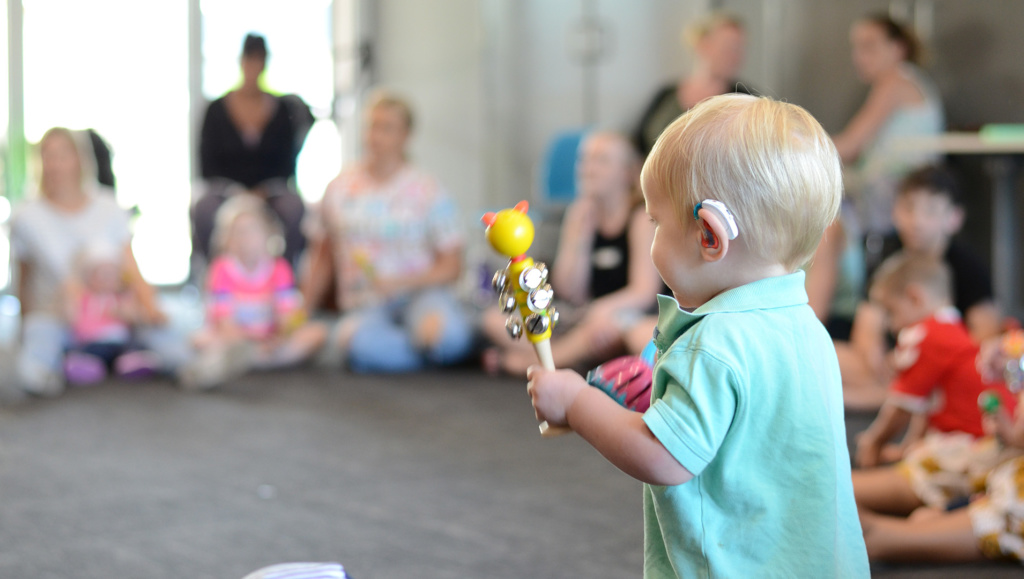
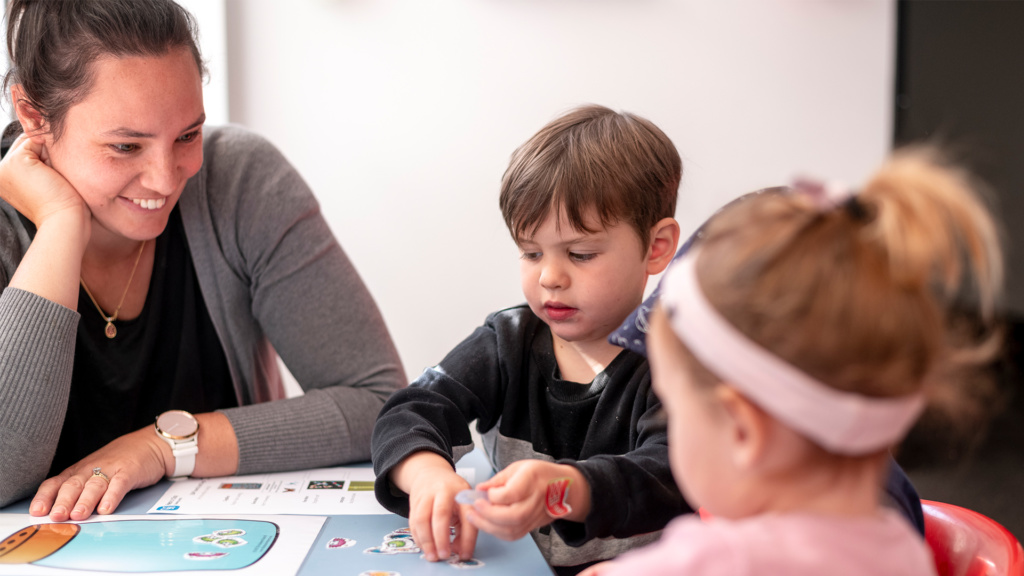
Four to five years:
- Fronting: replacing the front sounds ‘sh’ and ‘zh’ with the back sounds ‘s’ and ‘z’
- Stopping: replacing the long sounds ‘sh’, ‘zh’, ‘ch’ and ‘j’ with the short sounds ‘t’ and ‘d’
- Gliding: replacing the ‘l’ sound with the ‘w’ or ‘y’ sounds
- Cluster Simplification: replacing the ‘l’ sound with the ‘w’ or ‘y’ sounds in blends (e.g., play ➡ pway)
Five to six years:
- Articulation errors on ‘s’ and ‘z’
- Deaffrication: replacing the long sounds ‘ch’ and ‘j’ with the short sounds ‘s’ and ‘z’
- Stopping: replacing the long sound ‘th’ with the short sounds ‘t’ and ‘d’
- Gliding: replacing the ‘r’ sound with the ‘w’ sound
- Cluster Simplification: replacing the ‘r’ sound with the ‘w’ sound in blends (e.g., crab ➡ cwab)
Six to eight years:
- Labialisation: replacing the ‘th’ sound with the ‘f’ or ‘v’ sounds.

Unusual speech patterns
The following speech errors are not seen in typical development.
- Initial Consonant Deletion: omitting sounds at the beginning of words (e.g., mouse ➡ ouse)
- Medial Consonant Deletion: omitting sounds in the middle of words (e.g., teddy ➡ te-y)
- Substitution errors on vowels sounds
- Additions of sounds to words
- Articulation errors on consonant sounds other than ‘s’ or ‘z’
- Backing: replacing the front sounds ‘t’ and ‘d’ with the back sounds ‘k’ and ‘g’
- Frication: replacing the short sounds ‘p’, ‘b’, ‘t’ and ‘d’ with the long sounds ‘f’, ‘v’, ‘s’, ‘z’ or ‘sh’
- Affrication: replacing the sounds ‘t’, ‘d’, ‘s’ and ‘z’ with ‘ch’ or ‘j’
- Sound preference: replacing multiple sounds with the same sound (e.g., one, two, three, four, five, six ➡ lun, loo, lee, lour, live, lix)
These errors often have a greater impact on how easy a child is to understand because adults are less able to interpret them when compared to errors we expect as part of typical development.
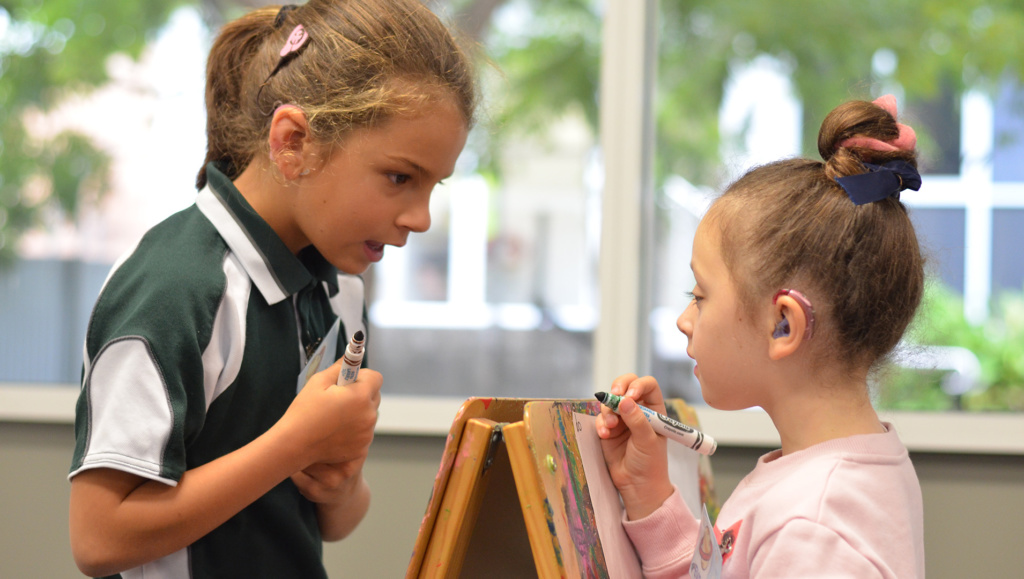
Speech clarity/intelligibility development
Familiar listeners such as parents or siblings should be able to understand the following percentage of their child’s speech.
- 18 months: 25%
- Two years: 50%
- Three years: 75%
- Four years: 90%
- Five years: nearing 100%
Unfamiliar listeners may find a child more difficult to understand than this.
What are dyspraxia and dysarthria?
Dyspraxia and dysarthria are known as motor speech disorders and result in severe deficits in speech production. They describe when a child experiences challenges planning and/or executing the movements of the tongue and mouth required to produce individual speech sounds (e.g., the ‘k’ sound requires the back of the tongue to be raised to hit the soft palate). Dyspraxia (a.k.a. apraxia, childhood apraxia of speech [CAS], developmental verbal dyspraxia [DVD]) refers to difficulties planning and programming speech movements. The language and motor systems work well but there is a disconnect between them which hinders a child’s ability to convert what they want to say into the physical movements required to say it. Dysarthria refers to difficulties forming and executing speech movements. The language system works well but the nerves or muscles in the motor system are weak and/or restricted and move in a way that is slow and/or uncoordinated. Some children may have both dyspraxia and dysarthria. Given the severity of a motor speech disorder, these children may be extremely challenging to understand and/or may have limited verbal speech. These disorders take considerable time to remediate, and children require intensive therapy services. Some children will develop or require an alternative form of communication like signing or a picture book to help them communicate while they are learning to speak clearly.
What are the signs of speech delays?
Some of the signs of speech delays may include:
- Difficulty acquiring speech sounds at the expected ages (e.g., not using the ‘f’ sound by 3.5 years)
- Difficulty fixing sound errors at the expected ages (e.g., continuing to say ‘tar’ for ‘car’ after 3.5 years)
- Speech that is more difficult to understand than expected at that age (e.g., 50% intelligible at 4 years)
- Speech that sounds distorted or unclear
- Inconsistency in the way sounds or words are produced
- Difficulty imitating or copying sounds
- Reluctancy to try new sounds
- Finding it hard to place their tongue or lips in the right position for sounds
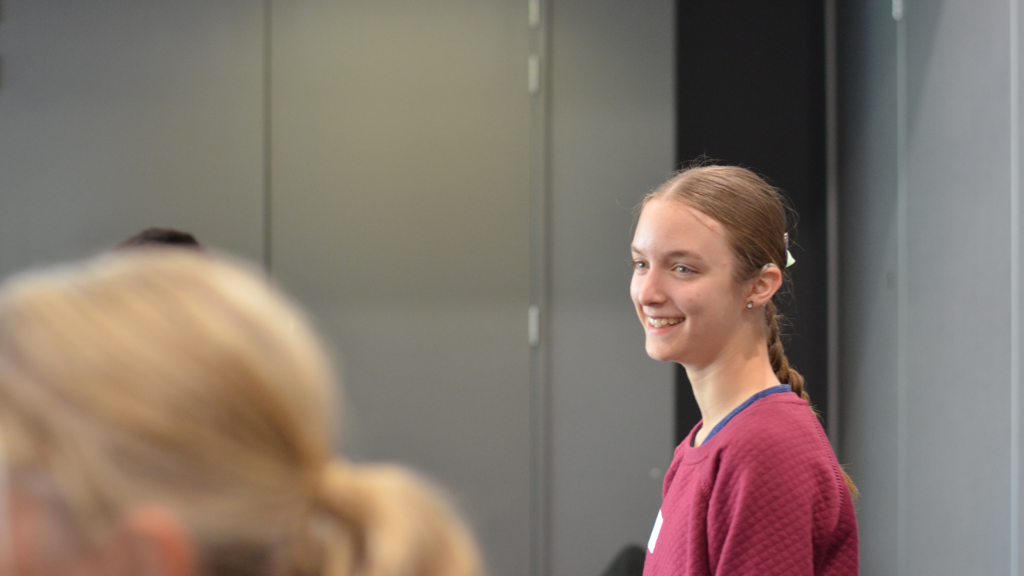
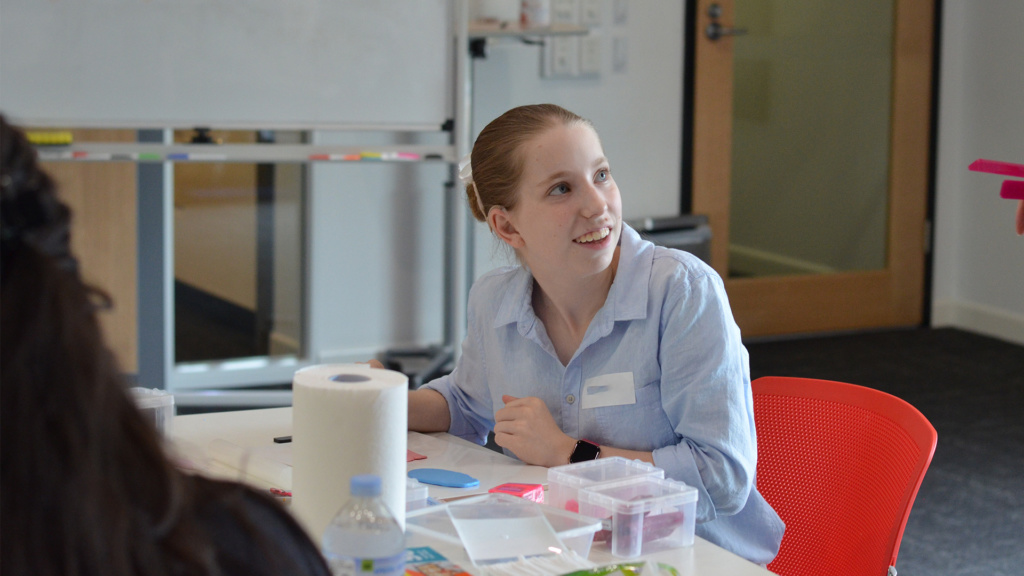
When are speech delays deemed to have become a speech disorder?
There are two common terms applied when a child experiences speech difficulties: speech delays and speech disorders. These two terms are sometimes used interchangeably but actually explain two distinct presentations.
A delay occurs when a child follows the typical path of speech development, but at a slower rate, i.e., acquiring speech sounds later or taking more time to stop speech errors.
A disorder occurs when a child deviates from the typical path of speech development (missing, adding, or rearranging steps), sometimes at a slower rate, i.e., producing unusual, disordered, or inconsistent speech errors.
It is common for the term “speech delay” to be diagnosed first and for the term “speech disorder” to be applied later when it becomes clearer that a child is developing differently from the path expected.
What causes speech delays?
Many speech delays occur in isolation and have no known cause. Other speech delays are linked with medical, health, or developmental delays.
Speech delays that are associated with certain conditions include:
- Hearing loss
- Vision loss
- Cleft palate
- Severe tongue tie
- Motor delays, commonly cerebral palsy
- Global developmental delay
- Intellectual or cognitive impairment
- Certain syndromes, such as Down Syndrome
- Traumatic brain injury
- Childhood stroke
Other risk factors for speech delays include:
- Male gender
- Family history of speech delays
- Prematurity, traumatic birth and/or very low birth weight
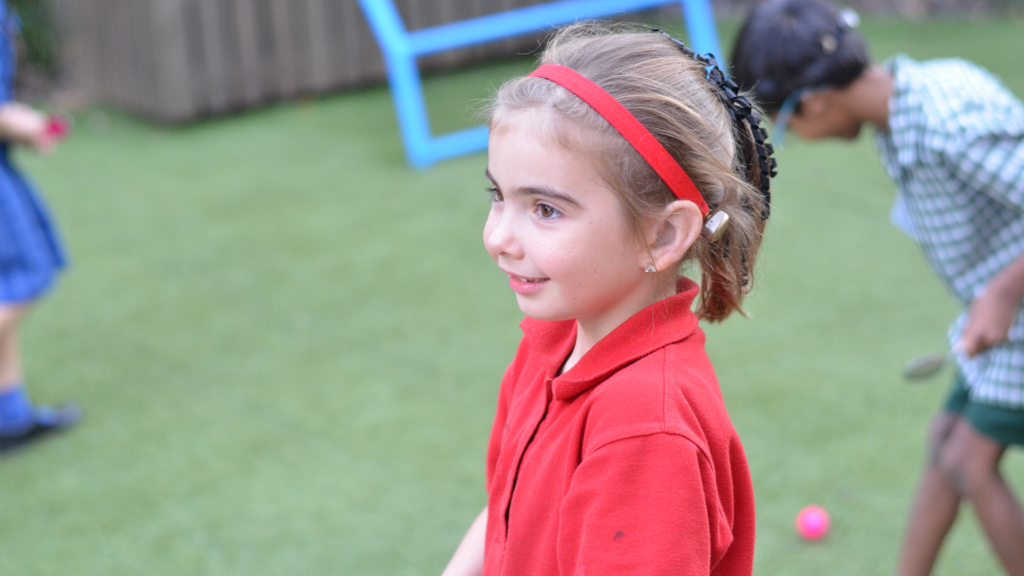
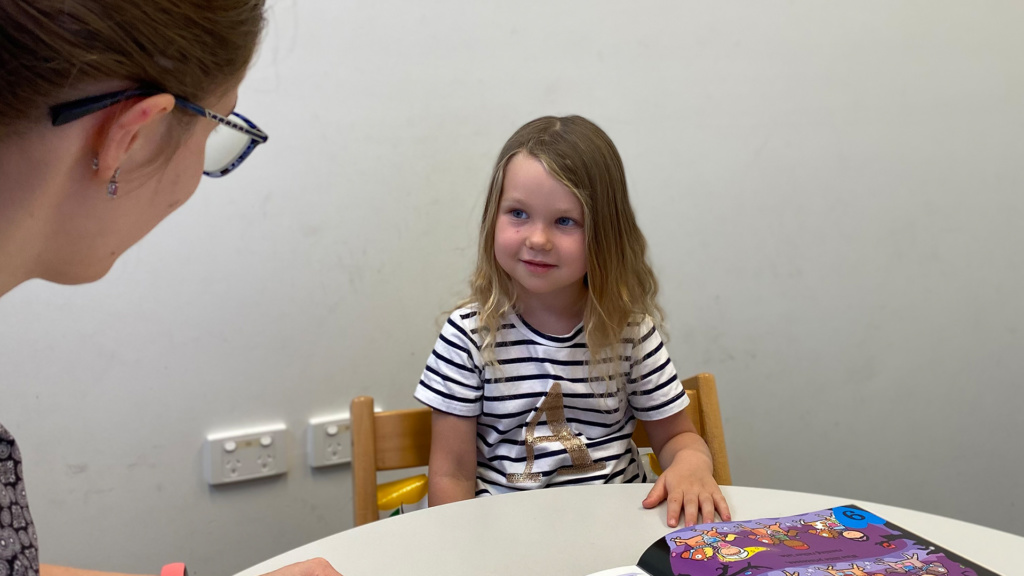
How is a speech delay diagnosed?
If you have concerns regarding your child’s communication, a speech assessment with a speech pathologist is recommended. This may be a brief screening or a detailed comprehensive assessment depending on your areas of concern, the age of your child, and the nature of their difficulties. For babies and young children, the assessment often includes observations of their speech during play or conversation. Older children are asked to complete more formal assessment activities to evaluate their pronunciation of different sounds.
When a child’s speech production is assessed, their errors are classified as:
- Age-appropriate: follow typical development and are normal for the child’s age.
- Delayed: follow typical development but are no longer normal for the child’s age.
- Unusual or disordered: do not follow typical development.
Speech errors may appear in all word positions or in only one.
- Initial position: fishing
- Medial position: fishing
- Final position: fishing
- Consonant clusters or blends: swim
Speech errors may occur:
- Consistently: the child makes the same error in a particular word position every time they say it; e.g., ‘elephant’ is always said as ‘ewebant’.
- Inconsistently: the child makes different errors in a particular word position each time they say it; e.g., ‘elephant’ is said as ‘ewebant’, ‘eyefant’, ‘eledant’ on 3 attempts at the word.

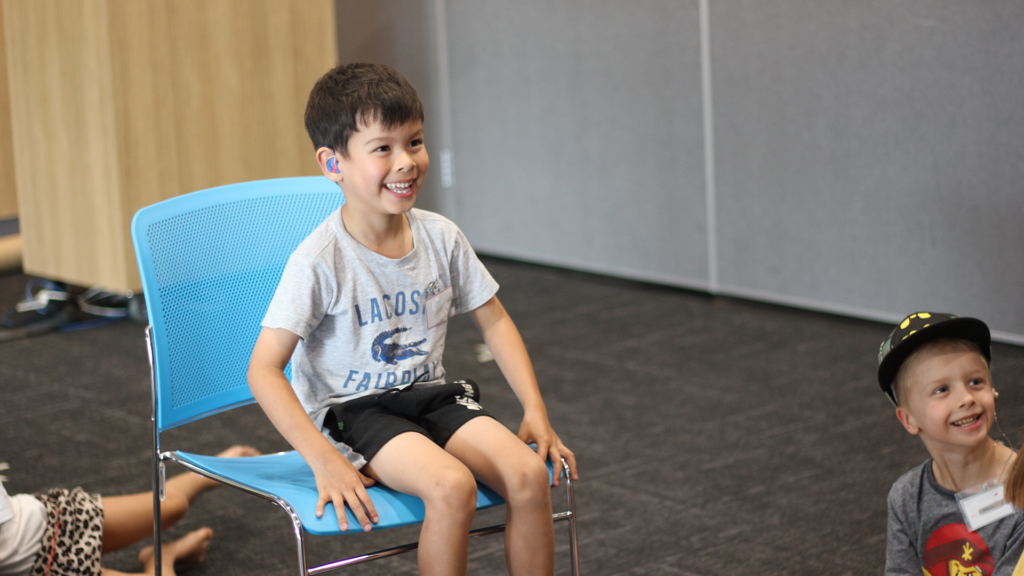
What are the different treatment options for speech delays?
The treatment options for speech delays are individualised for each child depending on the outcome of their assessment. Our speech pathologists will work with each family to develop a therapy plan with goals, actions, and strategies to address your child’s speech delays. Therapy goals are continually adjusted according to your children’s progress and needs.
For a child to learn to produce a new sound they must move through the “articulation hierarchy” for the sound in each word position, where the sound is used in increasingly more complex situations.
The steps include:
- Sound Level
- Word Level
- Phrase Level
- Sentence Level
- Reading Level
- Conversation Level
Generally, a child will need to master a sound at each step and in each word position before moving onto the next. It is common and expected that a child will continue to produce the error at conversation level at home while they are working on that sound at word level in therapy; or they will continue to produce the error at the end of words at home while working on that sound at the beginning of words in therapy. Children may repeat or skip steps based on their age and progress.
While therapy sessions with a speech pathologist will support your child’s development, many children will display progress at a quicker rate with access to therapy strategies and activities on a daily basis. These strategies should be implemented across all their regular environments such as home and childcare, kindergarten, or school. For this reason, a portion of each therapy session is dedicated to training families to facilitate their child’s speech at home. For babies and young children, these may include strategies to implement during play time or during everyday routines. For older children, these may include activities to complete during set “homework” times each day.
The number and frequency of therapy sessions will depend on:
- your child’s current abilities
- the severity of their speech delays
- type of therapy being implemented
- their progress in response to this therapy
- the family’s familiarity and confidence with the home strategies and activities
Therapy sessions run for either 30, 45 or 60 minutes and take place weekly, fortnightly, or monthly. They may be scheduled in therapy blocks or on an ongoing basis. They also include additional administration time for the therapist to plan activities, document progress, and write reports.
Therapy sessions may also be offered via telehealth if this is their preference and they live in a regional or remote area.
Government funding programs such as the National Disability Insurance Scheme (NDIS) or a GP Management Plan may assist families to access services.
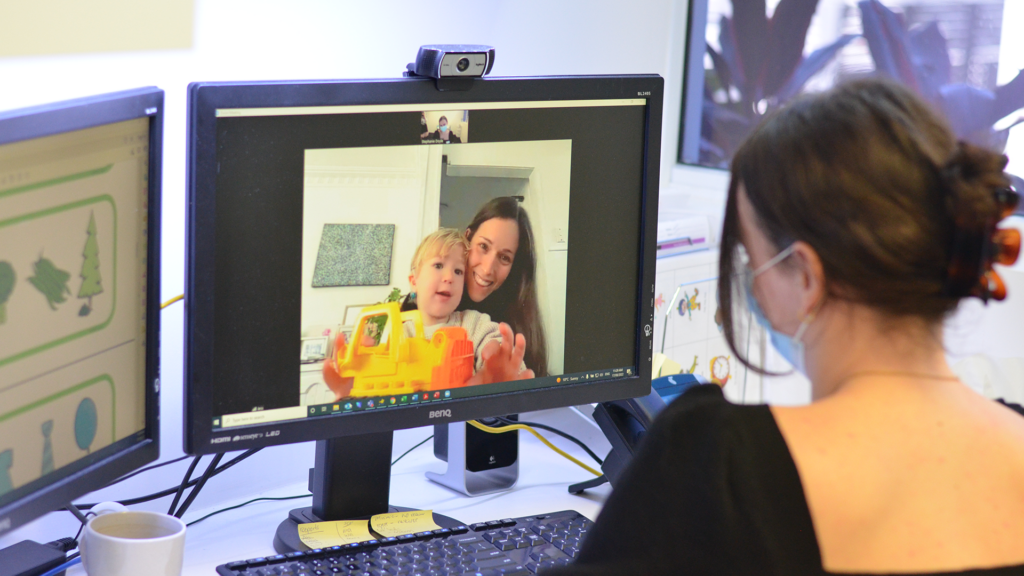
When should I see a speech pathologist about my child's speech development?
The intuition of parents regarding their child’s development is often a significant indicator of their progress; therefore, any concerns are always taken seriously. Early assessment and intervention enable the best opportunity for optimal speech and language outcomes; therefore, prompt action to investigate any concerns is recommended.
The type of errors your child makes can impact the level of concern warranted. Children who produce errors that occur in typical development may simply need more time to acquire a certain sound and/or stop a certain error by themselves. However, children who make errors that do not occur in typical development are less likely to fix these themselves and are more likely to require therapy. Unusual or disordered speech errors often require more time to remediate in therapy then delayed errors. The occurrence of any unusual or disordered errors in your child’s speech warrants prompt referral to a speech pathologist for evaluation.
If you are worried about your child’s speech development, it is important to seek advice from a speech pathologist as early as possible to ensure any potential speech delays are addressed. If you are unsure if an appointment is required, call our friendly team to discuss your thoughts. Alternatively, a conversation with your child’s GP or teacher may also be helpful.
How else can I help improve my child's speech development?
Parents are encouraged to always pronounce words correctly. This may seem obvious, but it is easy to imitate the way your child simplifies a word, particularly if it sounds sweet or cute. Unfortunately, this can reinforce incorrect pronunciation and make it more difficult for them to learn the accurate articulation.
When your child makes a speech error, you should repeat the word back correctly so they can hear and see the way a word sounds and looks when spoken. You do not need to ask your child to correct an error (as this often leads to frustration) unless it has been specifically requested by your speech pathologist as part of your child’s therapy plan.
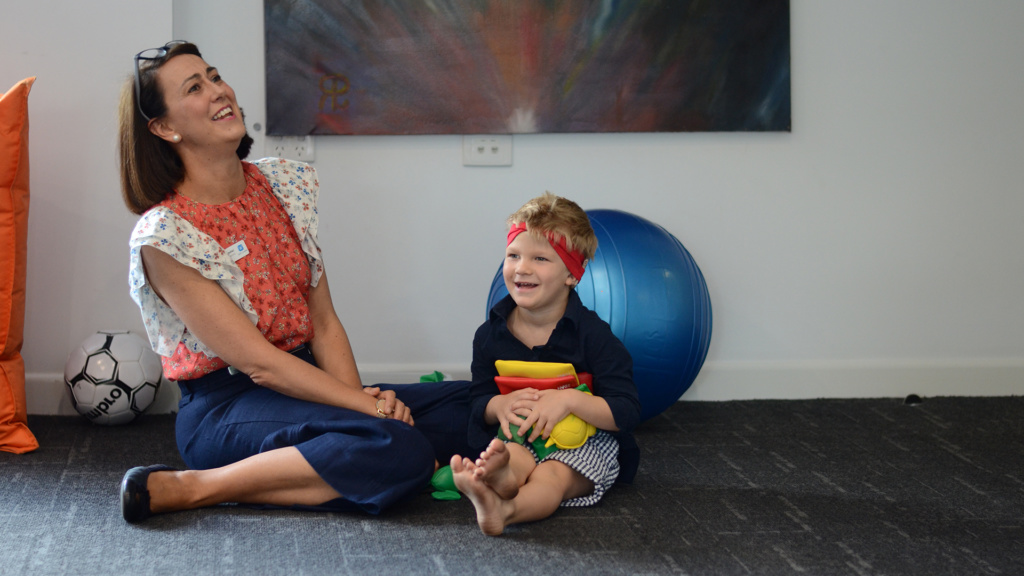
Get the latest updates...
Keep up-to-date with our latest news, information, events and more.
"*" indicates required fields
ABN 32 058 430 069
Acknowledgement of country
We acknowledge the Traditional Custodians of all the lands on which we meet, work and live, and pay our respect to Elders, past, present and emerging. We respect their continuing culture and the contributions Aboriginal and Torres Strait Islander peoples make through their resilience and strength.
Privacy Policy | Accessibility Statement
Copyright © 2024 – All Rights Reserved
29 Nathan Avenue, Ashgrove Qld 4060 ABN 32058 430 069
Acknowledgement of country
We acknowledge the traditional custodians of all the lands on which we meet, work and live and recognise that this land has always been and always will be Aboriginal and Torres Strait Islander land.
- Privacy Policy
- Contact Us
- Copyright © 2024 - All Rights Reserved



